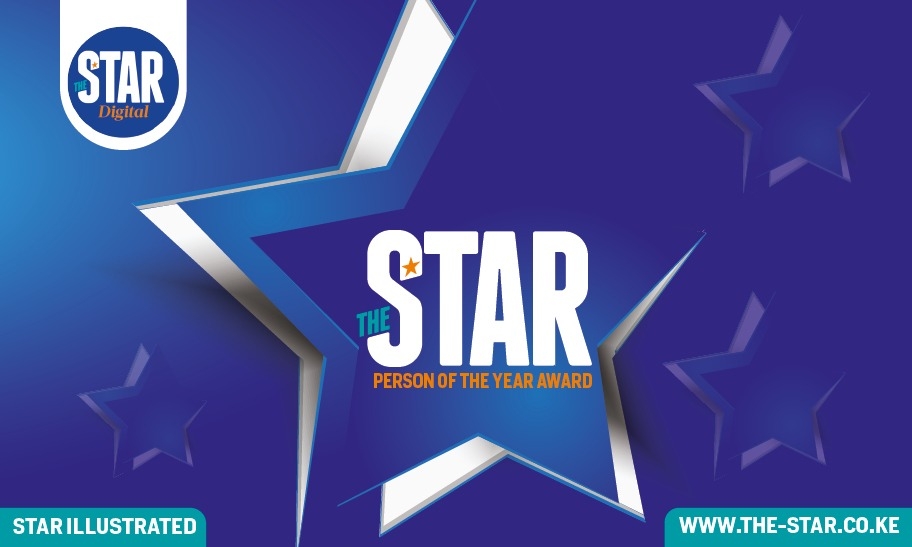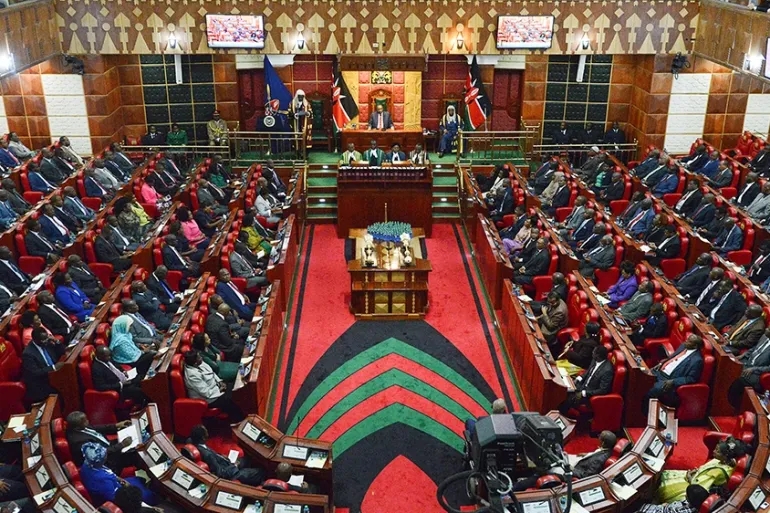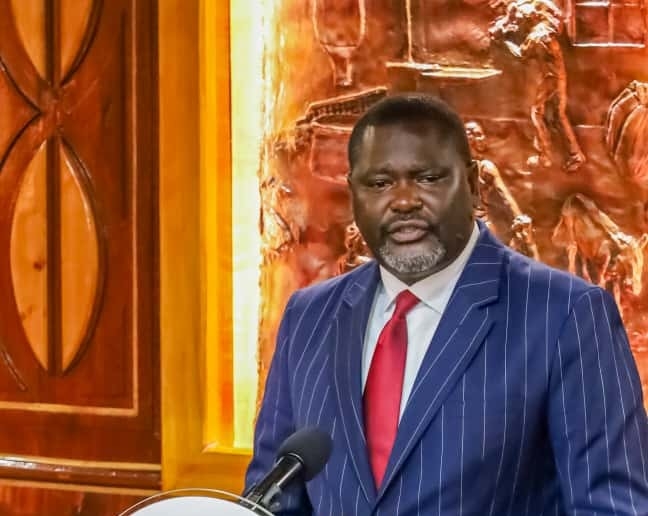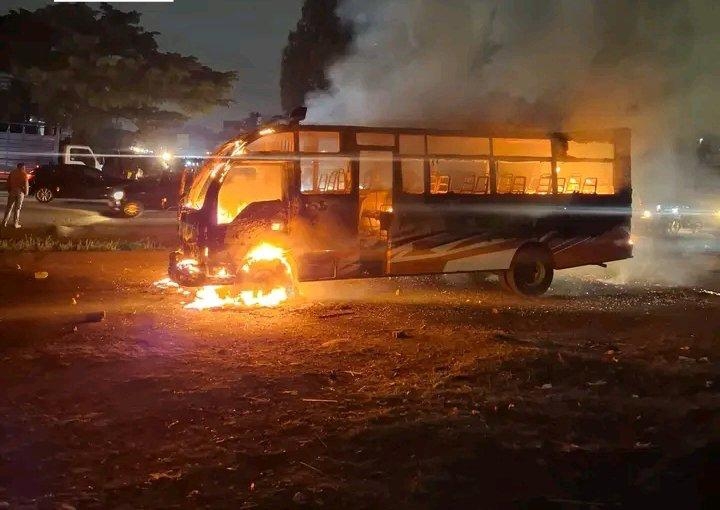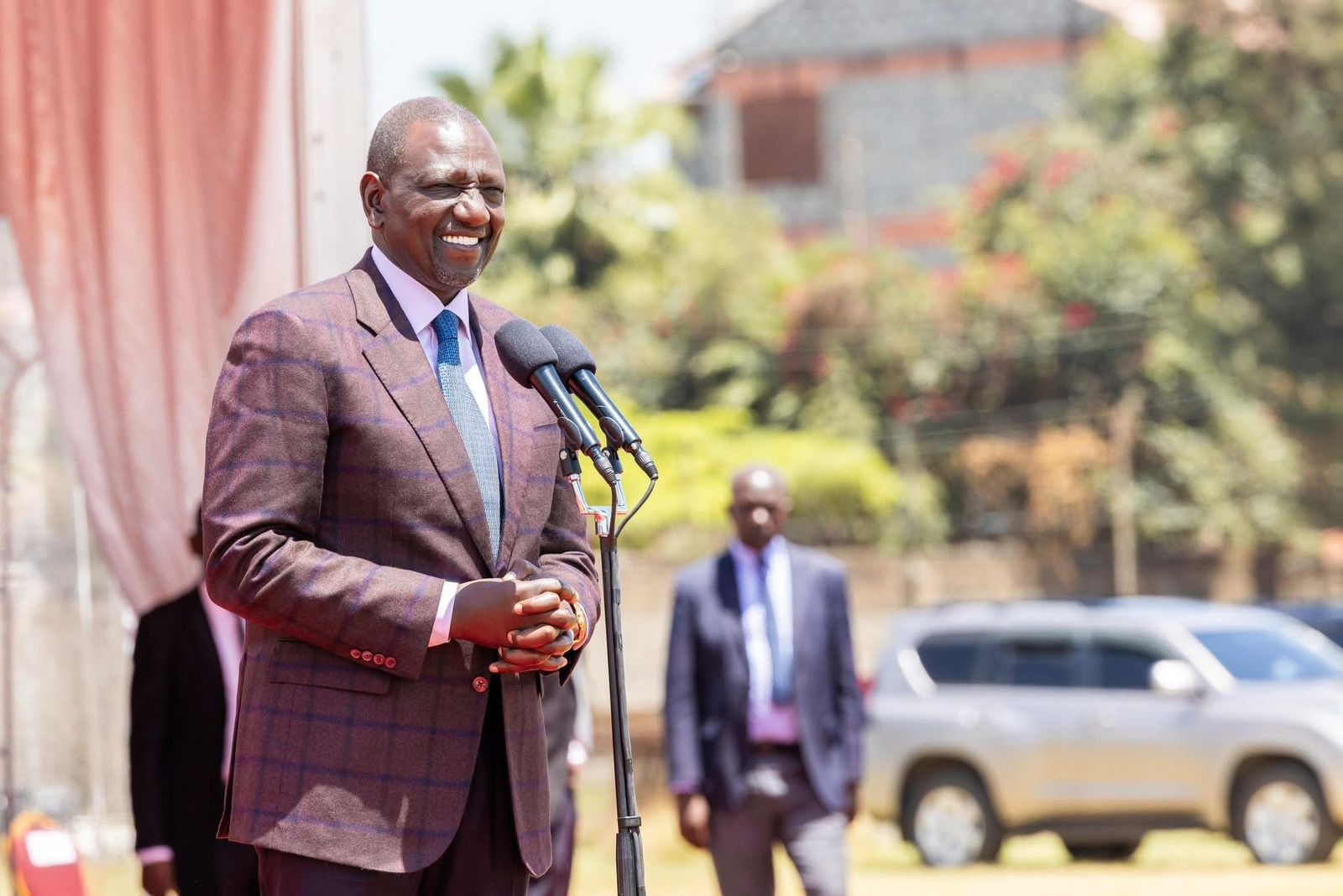Thousands of local and international tourists thronged to Mombasa during the three-day celebrations to mark World Kiswahili Language Day.
The event organisers said they had received at least 50,000 domestic and foreign tourists, who sampled the Swahili cuisine and indulged in several cultural events that took place at Fort Jesus, Swahili Cultural Centre and Old Town from July 7 to July 9.
This year’s event, which was opened by Tourism CS Peninah Malonza on Friday, was Mombasa’s second edition of the annual Swahili Day celebrations.
“The national government intends to make the celebrations a tourist attraction product that will see visitors from all corners of the world converge in the Mombasa annual festival,” Malonza said.
It was themed ‘Swahili for Peace, Cohesion and Integration’.
The celebrations will now be a one-week event starting from July 1 to July 7, and it has been fixed in Kenya’s tourism calendar, the organisers of the annual fete said.
In recognition of Swahili's vital role in promoting cultural diversity and fostering dialogue, the 41st session of the General Conference of Unesco in 2021 proclaimed July 7 as World Kiswahili Language Day.
Swahili is among the most widely spoken languages in the world, with more than 200 million speakers mostly in Africa and the Middle East
Tourism stakeholders are now upbeat that the event will help preserve the Swahili culture on Kenya’s coast and boost Mombasa’s reputation as a tourist destination.
The festival that attracted local and international tourists celebrated Swahili arts, cuisine, handicrafts, henna paintings, poetry, music and literature.
Swahili Heritage Training Institute coordinator Khalid Kitito on Sunday said at the close of this year’s festival, they have recorded tremendous success.
Kitito said the festival provided an opportunity for Swahili speakers and enthusiasts to come together to network and celebrate their shared love for the language and culture.
“We are happy to see people from different backgrounds participate in the festival that offered tourists the opportunity to explore the Kenyan coast and discover what makes it tick," he said.
Kitito, an expert in Swahili culture, said the annual event is useful for promoting tourism and in bringing integration among communities in Kenya and beyond.
Swahili Development Initiative chairperson Alawy Abzein said the Swahili language has evolved over the years.
The Swahili people are found in Mozambique, the Democratic Republic of Congo, Tanzania, Comoros, Kenya and parts of South Somalia.
Swahili culture is a fusion of influence from Arabia, Persia and India which came during the Indian Ocean Trade between Arabs, Persians and Indians and Africans on the East Coast of Africa.
In Kenya’s South Coast region on Wasini Island, they speak the Kivumba dialect, Mombasa has Kimvita, Kijomvu and Kichangamwe, whereas the Lamu archipelago has Kiamu, Kipate and others.
Zanzibar speaks Kiunguja, which is in most cases referred to as the standard Swahili.
According to Abzein, deliberate efforts should be made to promote the Swahili language which he noted is now spoken and taught in many African countries.
Amira Msalem, a cultural enthusiast, said the guests who visited Mombasa at the weekend had an opportunity to sample Swahili cuisines such as pilau, samosa, mandazi, mishikaki, and samaki wa kupaka among other delicious dishes.
“Many people were happy to enjoy these local cuisines,” she said.
International tourists Heike Jorzig (German), Christina Peinhopf (Austria) and Alexander Valtingojer (Italy) said their experience in Mombasa was ‘interesting’.
“I would surely recommend it,” Valtingojer said.
The henna painting was also an attraction, said Zakiya Mohamed.
“Most of the tourists consider the painting as a temporary tattoo and we were happy to see both locals and international guests coming for the henna painting,” she said.



